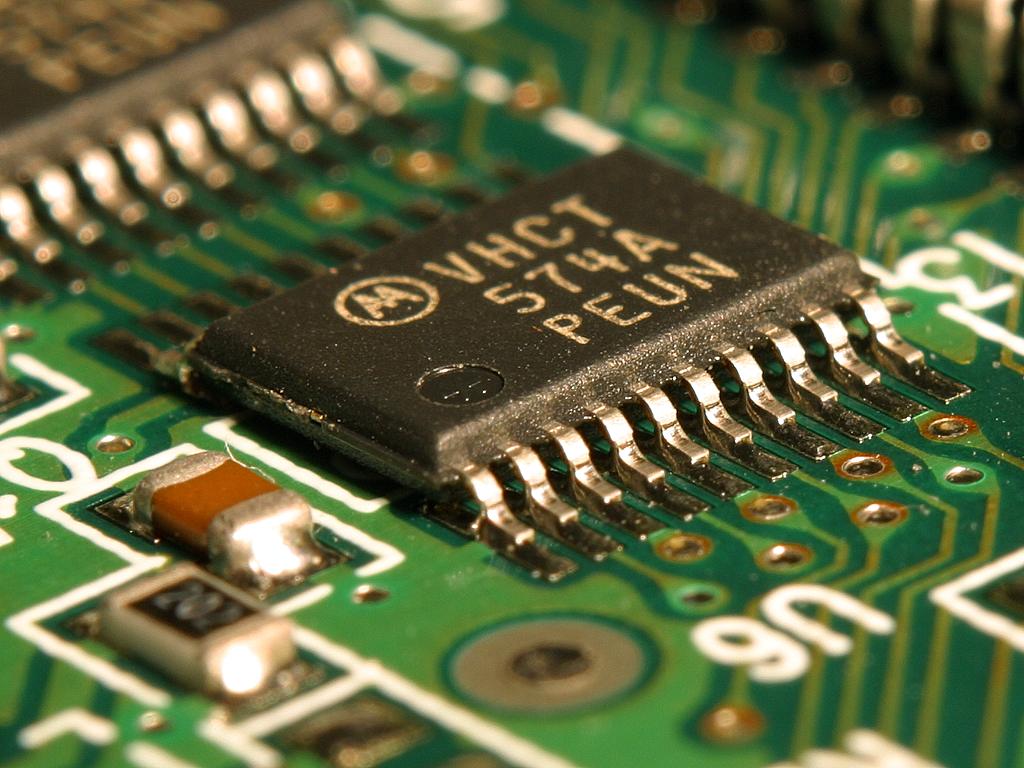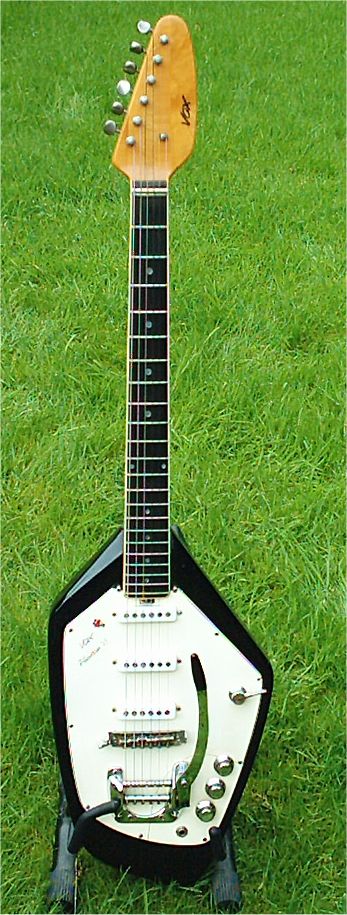|
Del Casher
Del Casher (born Delton Kacher, 1938, Hammond, Indiana) is an American guitarist and inventor. He invented the wah-wah pedal, the Ecco-Fonic, and the Fender Electronic Echo Chamber. He was the first to introduce the Roland Guitar Synthesizer for the Roland Corporation. Life and career Casher is an alumnus of the University of Pittsburgh where he majored in communications. After college, he moved to Hollywood and was invited to perform as the guitar and banjo soloist on the Lawrence Welk TV show. At that time, he also toured with "The Three Suns", RCA recording artists who were well known for their hit song "Twilight Time". While on tour for their album ''The Three Suns in Japan'' he introduced his new invention, the Ecco-Fonic, a tape echo device that was portable and could create echo effects that were previously possible only in the studio using large, expensive tape machines. He became friends with Ikutaro Kakehashi, who was the founder of the Roland Music Corporation of ... [...More Info...] [...Related Items...] OR: [Wikipedia] [Google] [Baidu] |
Hammond, Indiana
Hammond ( ) is a city in Lake County, Indiana. It is part of the Chicago metropolitan area, and the only city in Indiana to border Chicago. First settled in the mid-19th century, it is one of the oldest cities of northern Lake County. As of the 2020 United States census, it is also the largest in population. The 2020 population was 77,879, replacing Gary as the most populous city in Lake County. From north to south, Hammond runs from Lake Michigan down to the Little Calumet River; from east to west along its southern border, it runs from the Illinois state line to Cline Avenue. The city is traversed by numerous railroads and expressways, including the South Shore Line, Borman Expressway, and Indiana Toll Road. Notable local landmarks include the parkland around Wolf Lake and the Horseshoe Hammond riverboat casino. Part of the Rust Belt, Hammond has been industrial almost from its inception, but is also home to a Purdue University campus and numerous historic districts that show ... [...More Info...] [...Related Items...] OR: [Wikipedia] [Google] [Baidu] |
Connie Francis
Concetta Rosa Maria Franconero (born December 12, 1937), known professionally as Connie Francis, is an American pop singer, actress, and top-charting female vocalist of the late 1950s and early 1960s. Called the “First Lady of Rock & Roll” in one headline of a marginal publication, she is estimated to have sold more than 100 million records worldwide. In 1960, Francis was recognized as the most successful female artist in Germany, Japan, England, Italy, Australia and in every other country where records were purchased. She was the first woman in history to reach No. 1 on the ''Billboard'' Hot 100, just one of her other 53 career hits. Biography 1937–1955: Early life and first appearances Francis was born to an Italian-American family in the Ironbound neighborhood of Newark, New Jersey, the first child of George and Ida (née Ferrari-di Vito) Franconero, spending her first years in the Crown Heights, Brooklyn area (Utica Avenue/St. Marks Avenue) before the family moved to ... [...More Info...] [...Related Items...] OR: [Wikipedia] [Google] [Baidu] |
Muted Trumpet
A mute is a device attached to a musical instrument which changes the instrument's tone quality (timbre) or lowers its volume. Mutes are commonly used on string and brass instruments, especially the trumpet and trombone, and are occasionally used on woodwinds. Their effect is mostly intended for artistic use, but they can also allow players to practice discreetly. Muting can also be done by hand, as in the case of palm muting a guitar or grasping a triangle to dampen its sound. Mutes on brass instruments are typically inserted into the flared end of the instrument (bell). They can also be held in front of or clipped onto the bell. Of brass mutes, the "straight mute" is the most common and is frequently used in classical and jazz music, but a wide variety are available. On string instruments of the violin family, mutes are usually attached to the bridge, the piece of wood that supports the strings. Palm muting a guitar involves placing the side of the hand across the strings ... [...More Info...] [...Related Items...] OR: [Wikipedia] [Google] [Baidu] |
Harmonics
A harmonic is a wave with a frequency that is a positive integer multiple of the ''fundamental frequency'', the frequency of the original periodic signal, such as a sinusoidal wave. The original signal is also called the ''1st harmonic'', the other harmonics are known as ''higher harmonics''. As all harmonics are periodic at the fundamental frequency, the sum of harmonics is also periodic at that frequency. The set of harmonics forms a '' harmonic series''. The term is employed in various disciplines, including music, physics, acoustics, electronic power transmission, radio technology, and other fields. For example, if the fundamental frequency is 50 Hz, a common AC power supply frequency, the frequencies of the first three higher harmonics are 100 Hz (2nd harmonic), 150 Hz (3rd harmonic), 200 Hz (4th harmonic) and any addition of waves with these frequencies is periodic at 50 Hz. In music, harmonics are used on string instruments and wind instrum ... [...More Info...] [...Related Items...] OR: [Wikipedia] [Google] [Baidu] |
Breadboard
A breadboard, solderless breadboard, or protoboard is a construction base used to build semi-permanent prototypes of electronic circuits. Unlike a perfboard or stripboard, breadboards do not require soldering or destruction of tracks and are hence reusable. For this reason, breadboards are also popular with students and in technological education. A variety of electronic systems may be prototyped by using breadboards, from small analog and digital circuits to complete central processing units (CPUs). Compared to more permanent circuit connection methods, modern breadboards have high parasitic capacitance, relatively high resistance, and less reliable connections, which are subject to jostle and physical degradation. Signaling is limited to about 10 MHz, and not everything works properly even well below that frequency. History In the early days of radio, amateurs nailed bare copper wires or terminal strips to a wooden board (often literally a bread cutting board) and sold ... [...More Info...] [...Related Items...] OR: [Wikipedia] [Google] [Baidu] |
Blues
Blues is a music genre and musical form which originated in the Deep South of the United States around the 1860s. Blues incorporated spirituals, work songs, field hollers, shouts, chants, and rhymed simple narrative ballads from the African-American culture. The blues form is ubiquitous in jazz, rhythm and blues, and rock and roll, and is characterized by the call-and-response pattern (the blues scale and specific chord progressions) of which the twelve-bar blues is the most common. Blue notes (or "worried notes"), usually thirds, fifths or sevenths flattened in pitch, are also an essential part of the sound. Blues shuffles or walking bass reinforce the trance-like rhythm and form a repetitive effect known as the groove. Blues as a genre is also characterized by its lyrics, bass lines, and instrumentation. Early traditional blues verses consisted of a single line repeated four times. It was only in the first decades of the 20th century that the most common current str ... [...More Info...] [...Related Items...] OR: [Wikipedia] [Google] [Baidu] |
Harmonica
The harmonica, also known as a French harp or mouth organ, is a free reed wind instrument used worldwide in many musical genres, notably in blues, American folk music, classical music, jazz, country, and rock. The many types of harmonica include diatonic, chromatic, tremolo, octave, orchestral, and bass versions. A harmonica is played by using the mouth (lips and tongue) to direct air into or out of one (or more) holes along a mouthpiece. Behind each hole is a chamber containing at least one reed. The most common is the diatonic Richter-tuned with ten air passages and twenty reeds, often called the blues harp. A harmonica reed is a flat, elongated spring typically made of brass, stainless steel, or bronze, which is secured at one end over a slot that serves as an airway. When the free end is made to vibrate by the player's air, it alternately blocks and unblocks the airway to produce sound. Reeds are tuned to individual pitches. Tuning may involve changing a reed’s length ... [...More Info...] [...Related Items...] OR: [Wikipedia] [Google] [Baidu] |
Tone Control
Tone control is a type of equalization used to make specific pitches or "frequencies" in an audio signal softer or louder. It allows a listener to adjust the tone of the sound produced by an audio system to their liking, for example to compensate for inadequate bass response of loudspeakers or earphones, tonal qualities of the room, or hearing impairment. A tone control circuit is an electronic circuit that consists of a network of filters which modify the signal before it is fed to speakers, headphones or recording devices by way of an amplifier. Tone controls are found on many sound systems: radios, portable music players, boomboxes, public address systems, and musical instrument amplifiers. Uses Tone control allows listeners to adjust sound to their liking. It also enables them to compensate for recording deficiencies, hearing impairments, room acoustics or shortcomings with playback equipment. For example, older people with hearing problems may want to increase the loudness ... [...More Info...] [...Related Items...] OR: [Wikipedia] [Google] [Baidu] |
Solid State (electronics)
Solid-state electronics means semiconductor electronics: electronic equipment using semiconductor devices such as transistors, diodes and integrated circuits (ICs). The term is also used as an adjective for devices in which semiconductor electronics that have no moving parts replace devices with moving parts, such as the solid-state relay in which transistor switches are used in place of a moving-arm electromechanical relay, or the solid-state drive (SSD) a type of semiconductor memory used in computers to replace hard disk drives, which store data on a rotating disk. History The term "solid-state" became popular at the beginning of the semiconductor era in the 1960s to distinguish this new technology based on the transistor, in which the electronic action of devices occurred in a solid state, from previous electronic equipment that used vacuum tubes, in which the electronic action occurred in a gaseous state. A semiconductor device works by controlling an electric current c ... [...More Info...] [...Related Items...] OR: [Wikipedia] [Google] [Baidu] |
Jennings Musical Instruments
Jennings Musical Instruments is a manufacturer of musical instruments, and the original owner of the Vox brand. The company was founded by Thomas Walter Jennings. History The Jennings Organ Company was founded by Thomas Walter Jennings in Dartford, Kent, England in 1950. Jennings' first successful product was the Univox, an early mains powered electronic keyboard with built-in valve amplifier and loudspeaker, similar to the Clavioline. There is some debate over whether the Clavioline or Univox was used in the song Telstar, but many think that it was the latter. In 1956 Jennings was shown a prototype guitar amplifier made by Dick Denney, a big band guitarist and workmate from WWII. Denney was going deaf and invented the Vox amp so that he could still hear himself play. Richard Mann, a friend of Dick's drew up the first blueprints, which were presented to Jennings of Bexleyheath. Dick Denney received very little for his invention but continued to design from a workshop ... [...More Info...] [...Related Items...] OR: [Wikipedia] [Google] [Baidu] |
Vox (musical Equipment)
Vox is a British musical equipment manufacturer founded in 1957 by Thomas Walter Jennings in Dartford, Kent, England. The company is most famous for making the Vox AC30 guitar amplifier, used by The Beatles, The Rolling Stones, The Kinks, The Yardbirds, Queen, Dire Straits, U2, and Radiohead; the Vox Continental electric organ, the Vox wah-wah pedal used by Jimi Hendrix, and a series of innovative electric guitars and bass guitars. Since 1992, Vox has been owned by the Japanese electronics firm Korg. History Beginnings The Jennings Organ Company was founded by Thomas Walter Jennings in Dartford Kent, England after World War II. Jennings's first successful product was the Univox, an early self-powered electronic keyboard similar to the Clavioline. In 1956, Jennings was shown a prototype guitar amplifier made by Dick Denney, a big band guitarist and workmate from World War II. The company was renamed Jennings Musical Industries, or JMI, and in 1958 the 15-watt Vox AC15 ampl ... [...More Info...] [...Related Items...] OR: [Wikipedia] [Google] [Baidu] |
Thomas Organ Company
The Thomas Organ Company is an American manufacturer of electronic keyboards and a one-time holder of the manufacturing rights to the Moog synthesizer. The company was a force behind early electronic organs for the home. It went out of business in 1979 but reopened in 1996. Overview Founding Founded by Canadian Edward G. Thomas as the "Thomas Organ & Piano Co." in Woodstock, Ontario in 1875, the company's first instruments were pipe organs, moving later to pump organs. In the early 1950s, Thomas George invented the Thomas electronic organ with its single manual and ten stops. Thomas reorganized the company in 1956 into the Thomas Organ Company of North Hills, Los Angeles, California, Sepulveda, California. Notability Unlike later electronic organs with conventional tab stops, early Thomas electronic organs utilized a dial control for their stops, presumably to add a certain familiarity to its users since the dials worked much like those on a radio or television. This may be evi ... [...More Info...] [...Related Items...] OR: [Wikipedia] [Google] [Baidu] |






